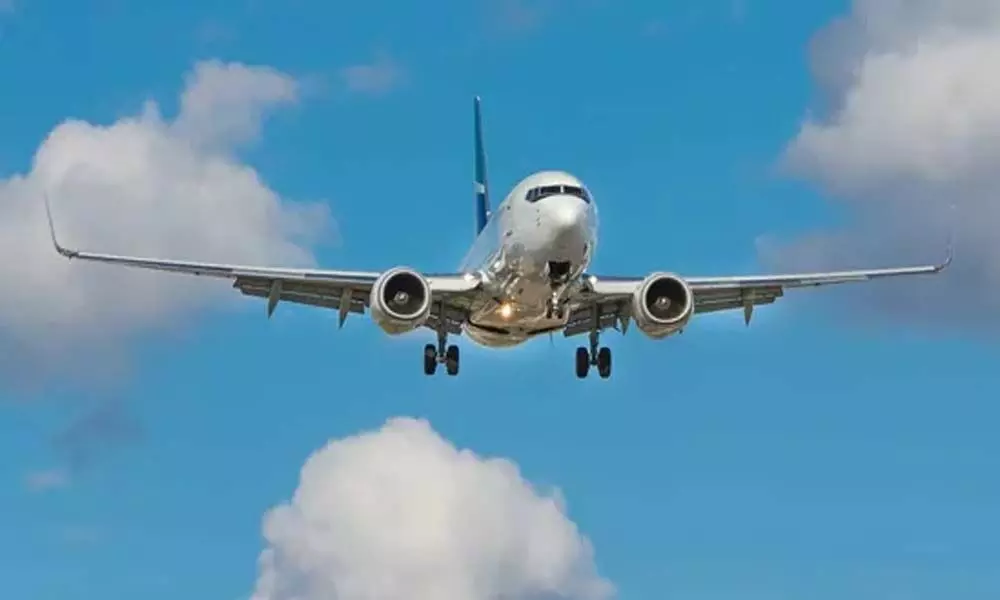Affordable air travel: Hike in lower fare limit makes it a distant dream
Jyotiraditya Scindia, Civil Aviation Minister on India's aviation plans said: “Even person wearing hawai chappal will fly.” But the reality is that only the suited booted can afford to travel on account of the high prices.
image for illustrative purpose

Jyotiraditya Scindia, Civil Aviation Minister on India's aviation plans said: "Even person wearing hawai chappal will fly." But the reality is that only the suited booted can afford to travel on account of the high prices.
On account of the rise in fuel costs, the government has increased the fare limits. Now, the lower limit for flights under 40 minutes of duration will be increased from Rs2,300 to Rs 2,600 - a hike of 13 per cent. Similarly, flights with a duration between 40 minutes and 60 minutes will have a lower limit of Rs3,300 instead of the current Rs 2,900.
Domestic flights of duration between 60-90, 90-120, 120-150, 150-180 and 180-210 minutes will have lower limits of Rs 4,000, Rs 4,700, Rs 6,100, Rs 7,400 and Rs 8,700, respectively. Domestic air travel has drastically reduced in the country because of the Covid-19 pandemic. On February 28, around 3.13 lakh domestic air passengers travelled in India, while on May 25, domestic flights operated in India with approximately 39,000 passengers. The central government is trying to provide an affordable air travel facility, which even a person 'wearing slippers' could avail. As part of the domestic civil aviation sector's expansion in the past four years, new airports have been opened in many smaller cities and air services started on new routes, connecting these places with big cities.
The government is making efforts towards expansion of the air services with a view to provide air travel facilities to more and more common people in the coming decade. Technology has allowed some airlines to create a 'basic economy fare' with limited amenities to compete with minimal service, low cost carriers. That's because the lower fare allows full-service carriers to appear on the first page of search engines such as Google Flights.
But it's not just airlines that are using artificial intelligence (AI) technology to their advantage. Consumers now have access to sites that monitor fares, using their own algorithms and past data to predict the lowest price a seat will reach, and then alert their customers.
Fees appear to fluctuate without reason and longer flights aren't always more expensive than shorter ones. But what seems random is actually airlines' dynamic pricing, using a strategy called airline revenue management.
It works in real time with one aim - to boost revenues. The decisions are being made by an algorithm that adjusts fares by using information including past bookings, remaining capacity, average demand for certain routes and the probability of selling more seats later. Many parts of the economy are beginning to reopen, paving the way for people who had been cooped up in their homes to make travel plans. With higher volumes of passengers and increased competition there could be a possible reduction in prices.

